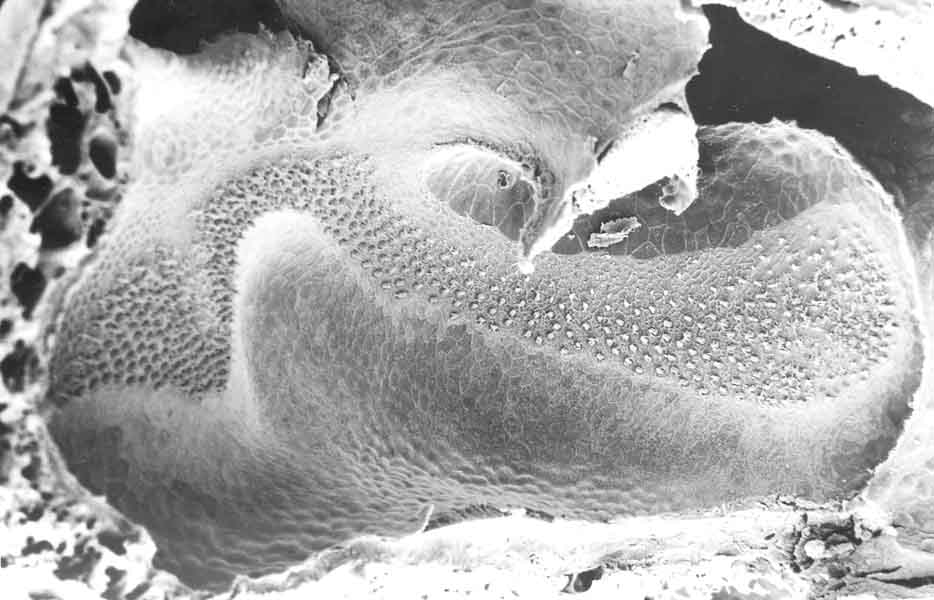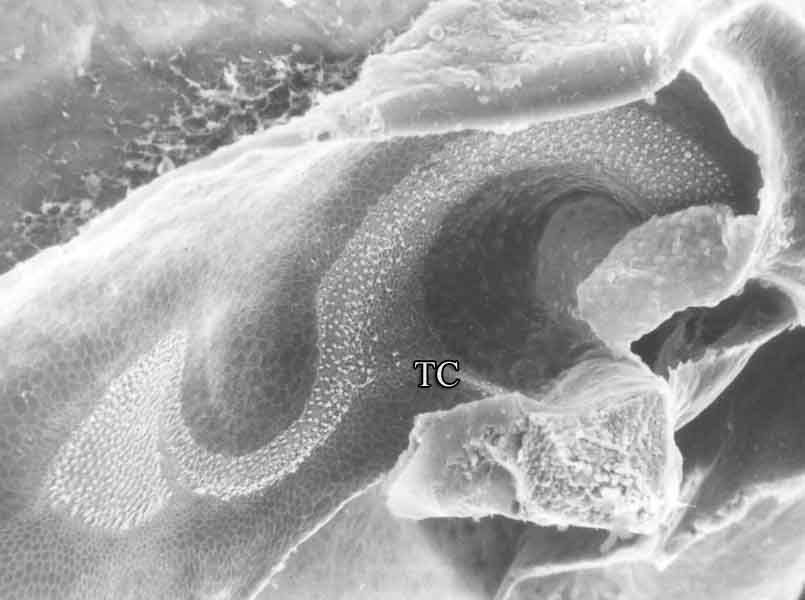| back to comparative morphology | Ancient frogs | Hyloides branches | Hylids part I | Bufonids part I | Bufonids part II |
Rana sylvatica |

|
Polypodates leucomystax |

|
Gastrophryne |

|
Kassina |

|
|
Gastrophryne |

|
Kassina |

|